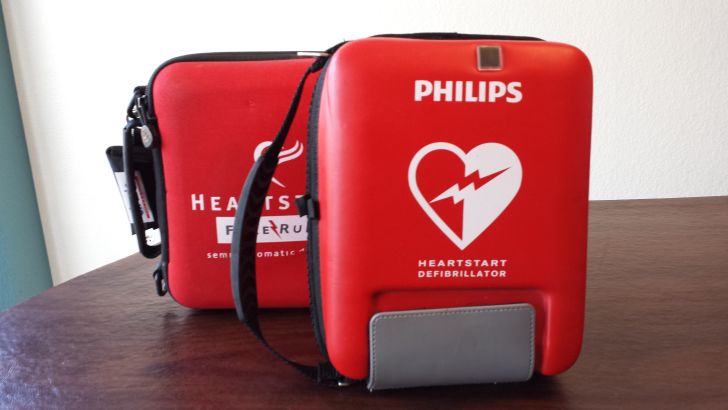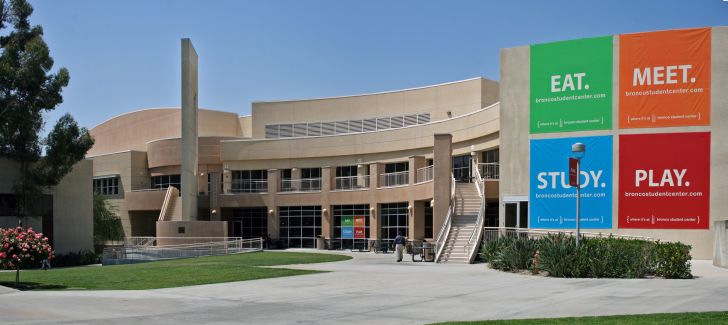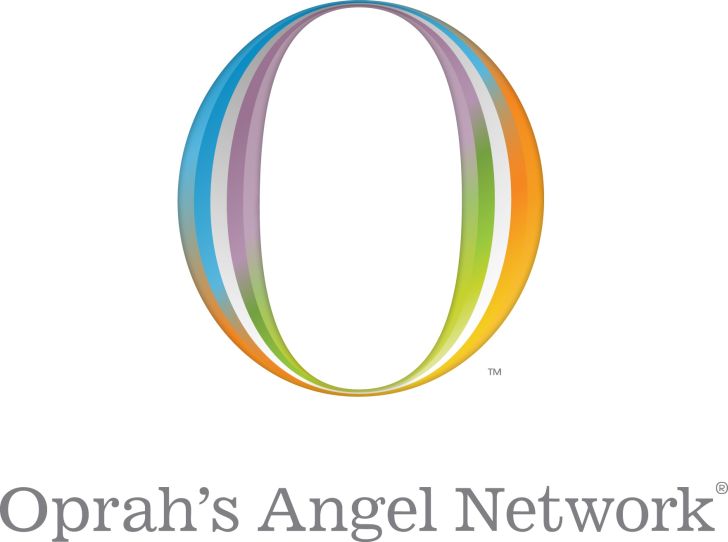AED Grants for Schools – What’s an AED program and is there any way for a school to get grants for AED program? The AED stands for the Automated External Defibrillation. This is basically a term often used in communities and schools for a program that provides defibrillator. Today you will learn tips and steps on how to get funding for AED program.
To start your quest, you need to have a proper estimation on the costs of the program, annually. Start by adding the costs for the devices, peripheral equipment, maintenance, training, program management, documentation, quality assurance, CPR training, and insurance too. Well, this step is very important because you want to really show that you have done a thorough research on this matter.
Why School Needs AED?
Sudden cardiac arrest is a major cause of death in the United States, taking about 356,000 lives every year. It happens when the heart suddenly stops beating. This can cause the person to collapse, stop responding, and struggle to breathe. Well, without help, the person can die within minutes. Automated external defibrillators (AEDs) are special devices meant to help the heart beat normally again.
Even though not all states in the U.S. need AEDs in schools, it’s important for every elementary and high school to think about having one.
Even children at school can have sudden cardiac arrest, which is a very serious event where the heart suddenly stops beating. It can happen to anyone, even those who seem healthy. Surprisingly, about 7,000 children and teenagers experience sudden cardiac arrest each year. There’s been a push to have AEDs in athletic areas at schools. Studies show that sudden cardiac arrest is more common in school-aged children who aren’t athletes.
AED Grants for Schools Program
Now that you’ve got your data. Start by searching for local opportunities for schools’ AED program funding. For example, you can simply go to your city council. Then, ask if there’s a budget available for such program and how to apply. There are many city council that are already aware of the danger of sudden cardiac arrest in their community and put some budget to deal with this problem.
If you cannot find direct funding, you can start looking for grants. The grants are available from various possible sources, including corporations, organizations, foundations, government, or public charities. Here are some ways to get AED Grants for School:
From Corporations
If you’re living in the region where a national headquarters of a company is available, you may be able to contact them and ask for AED assistance for schools. It doesn’t have to be companies that focus on healthcare services and products. But you have a higher chance of getting one if that is the case.
Check our reference sections to see a list of corporate grantmakers available. The list is pretty big, and chances are you can find one near you. Some examples of potential companies that may be able to help are the Medtronic Foundations in Minneapolis, Prudential, The Asmund S. Laerdal Foundation, etc. It is a big help if you can find the names, titles and contact info for the decision makers for the funding.
Local Civic Organizations
When seeking funding within your community, consider approaching a variety of potential sources for support. This may include large retailers, insurance companies, public utilities, corporate headquarters, grocery stores, car dealerships, hospitals, cardiologists, and other businesses or organizations. Moreover, each of these entities may have an interest in supporting initiatives related to public health and safety, making them valuable potential partners for your AED program.
Aside of getting funding from corporations, you can also ask from local civic organizations. For example, American Legion, Lions Clubs, Kiwanis Clubs, Elks Clubs, and the Masons. We recommend you to find the local headquarters of the civic organizations and ask for information there.
Foundation Center Website
You can also visit the Foundation Center website (fdncenter.org) to see another non-governmental source of funding for AED program in your school. They have a huge list of possible private foundations, organizations and public charities that are concern about the cardiac arrest. You can find good, valuable information there.
Government Financial Help
Last but not least, there are some assistance opportunities available from the government. Through their Health Resources and Services Administration, the government provided financial help for rural communities in various health-related aspects. For example, the emergency response and the AED training. This often includes giving out AED devices for communities, including schools.
Aside of the federal government, you can also ask for your state government for help. Typically there is some funding available to help communities such as schools. Usually, you only need to make an appointment, explain your cause, make a presentation in a county council meetings. So, you can explain the benefits (and the cost-effectiveness) of the AED program for your school, community and ultimately the state. Believe me, getting the AED grants for schools just might not as hard as you think.
Fundraising Tips To Get AED for School
Some organizations raise funds for AED programs by organizing fundraising events. These efforts can be time-consuming. But, they are effective in bringing people together and raising awareness about sudden cardiac arrest and the importance of AEDs.
Fundraising efforts tend to be more successful when requesting a specific sum of money. Donors are more likely to contribute. It’s advisable to identify different donation levels at set ranges ($25-99, $100-199, $200-299, etc.) and assign names to each level (silver, gold, platinum, etc.). So, this approach encourages donors to give within their means and allows for easier tracking of contributions.
Offering to recognize donors’ contributions can be a meaningful way to show appreciation for their support. While some donors may prefer to remain anonymous, most individuals appreciate acknowledgment of their gifts. This can include listing their names in a quarterly newsletter or on a plaque, providing visible recognition of their generosity.
Donors frequently inquire about the tax-deductibility of their gifts. In many cases, there is an established charitable organization in the community through which donations can be made. Besides, donors can consult with their tax advisors and these charitable organizations to determine whether their gifts qualify for tax deductions.
Providing information about the placement of AEDs can be beneficial for some donors. For instance, if you are fundraising for a school, you can outline plans to eventually place enough AEDs across the campus. This, will ensure coverage within the 3 to 5 minute window based on the recommendation of the American Heart Association. It’s essential to consider difficult-to-access, restricted, or remote locations. This may also require AED coverage when planning placement strategies. This transparency can help donors understand the impact of their contributions and the importance of widespread AED accessibility.
If there isn’t a clear plan for where the AEDs will be placed, some donors may hesitate to participate. Providing a well-defined strategy for AED placement can instill confidence in donors. Besides, it demonstrates the effectiveness of their contributions in ensuring widespread accessibility and potentially saving lives.
References:
- Foundation Center – Knowledge to Build On – http://foundationcenter.org/
- The American Legion – http://www.legion.org/
- American heart Asociation – https://www.heart.org/en/
- Image: coheartsmart.com
- (https://www.schoolhealth.com/media/pdf/PhysioFundingIdeas.pdf)




